The Independent's journalism is supported by our readers. When you purchase through links on our site, we may earn commission.
The seven best sites to learn about D-Day in Normandy
The 75th anniversary of the landings is in June – here is what you should see
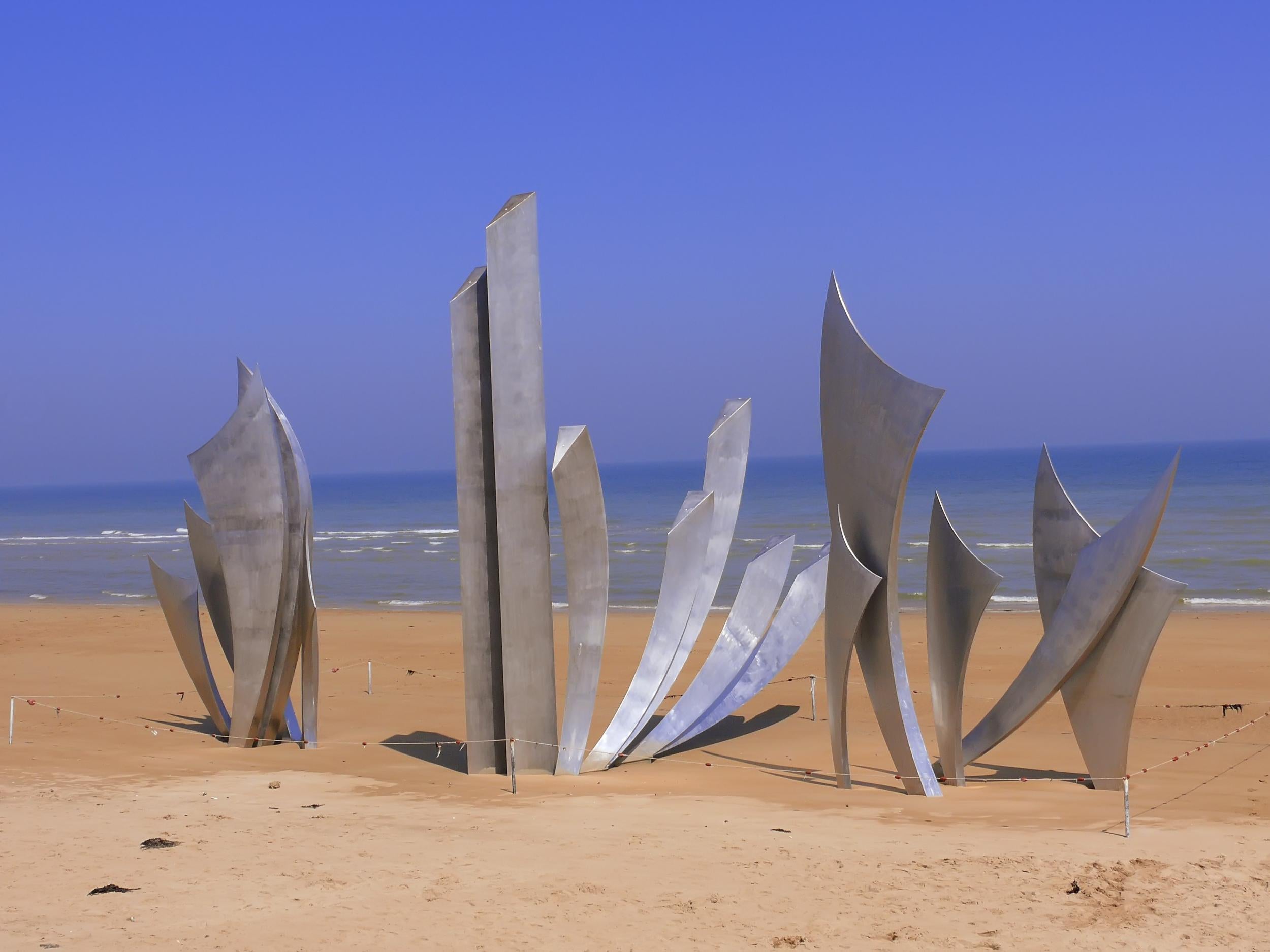
With commemorations for the 75th anniversary of the D-Day landings taking place this month, take a trip to the museums and cemeteries that give a deeper understanding of the Battle of Normandy and how it helped bring the Second World War to an end.
Here are seven of the best D-Day sites in Normandy to explore.
Normandy American Cemetery, Colleville-sur-Mer
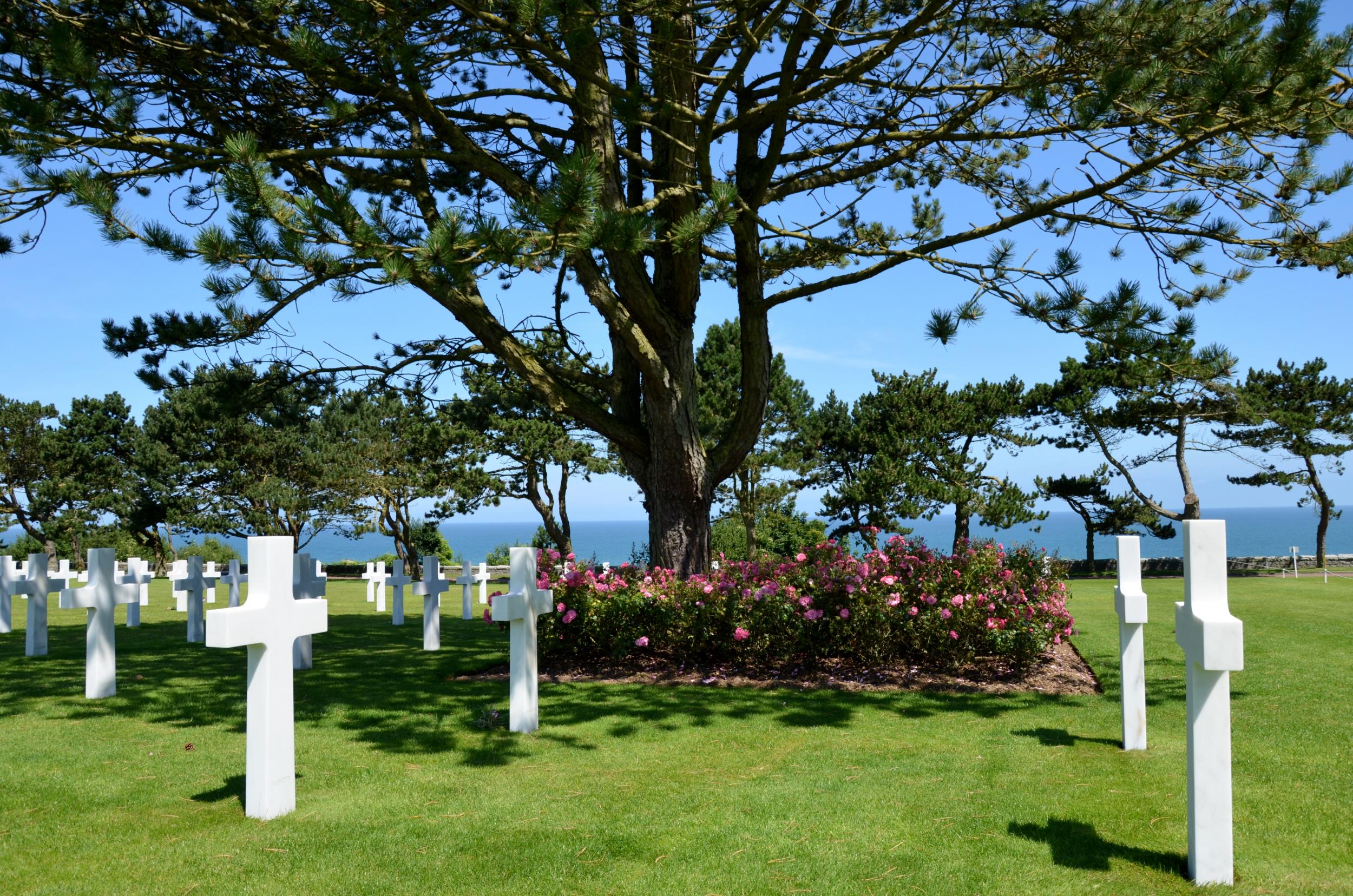
This poignant cemetery – one of the largest in the world – sees the graves of nearly 9,000 men and women in a dramatic setting high on the cliffs above Omaha Beach, one of the two beaches on which American troops landed. The mesmerising rows of white headstones lead your eye out beyond graceful pine trees to the beach below, where so many lost their lives.
At the heart of the cemetery is a large pond that reflects the image of the seven-metre bronze statue “Spirit of American Youth Rising from the Wave”, and behind the memorial, the names of missing soldiers are engraved in the semicircular walls. The size of the cemetery and its memorials provide a heart-breaking testament to the scale of losses, while the stories told through videos and exhibits inside the visitor centre tell of the many individual sacrifices made by those involved.
Juno Beach Centre, Courseulles-sur-Mer
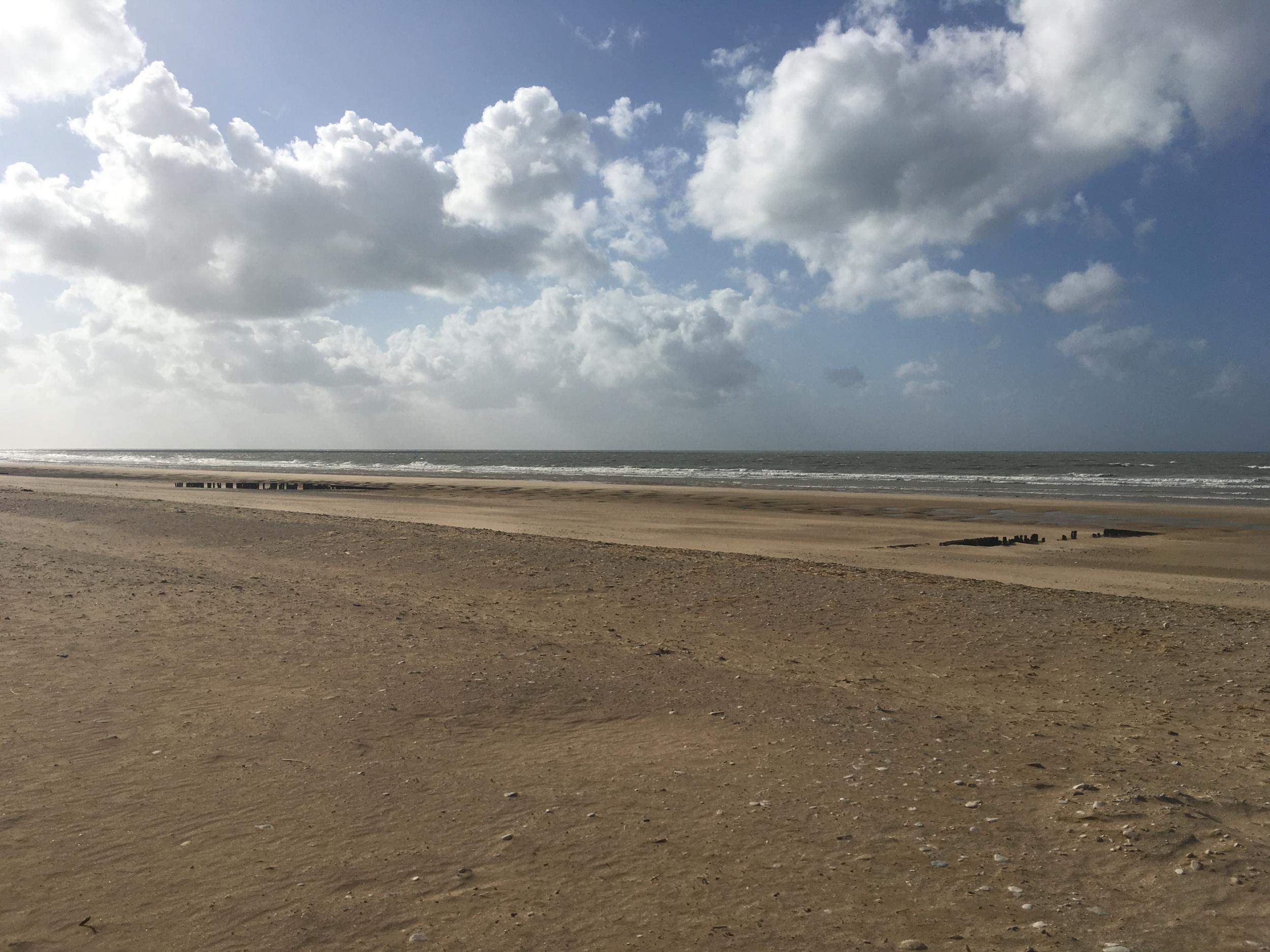
While British troops landed on Sword and Gold beaches, and the Americans on Utah and Omaha, Juno beach was where the Canadian soldiers played their part in the D-Day landings. The Juno Beach Centre at Courseulles-sur-Mer is an excellent testimony to the Canadian viewpoint of the Second World War, in which 45,000 Canadians lost their lives, of whom 5,500 were killed during the Battle of Normandy and 359 on D-Day. The museum is staffed by Canadian students and young people. Part of the mission of the museum is to continue the testimony of D-Day to the younger generation. The exhibitions make fascinating reading – especially when we’re so used to hearing the British and American viewpoint – and the video shown at the end of the visit is particularly poignant.
Arromanches-les-Bains
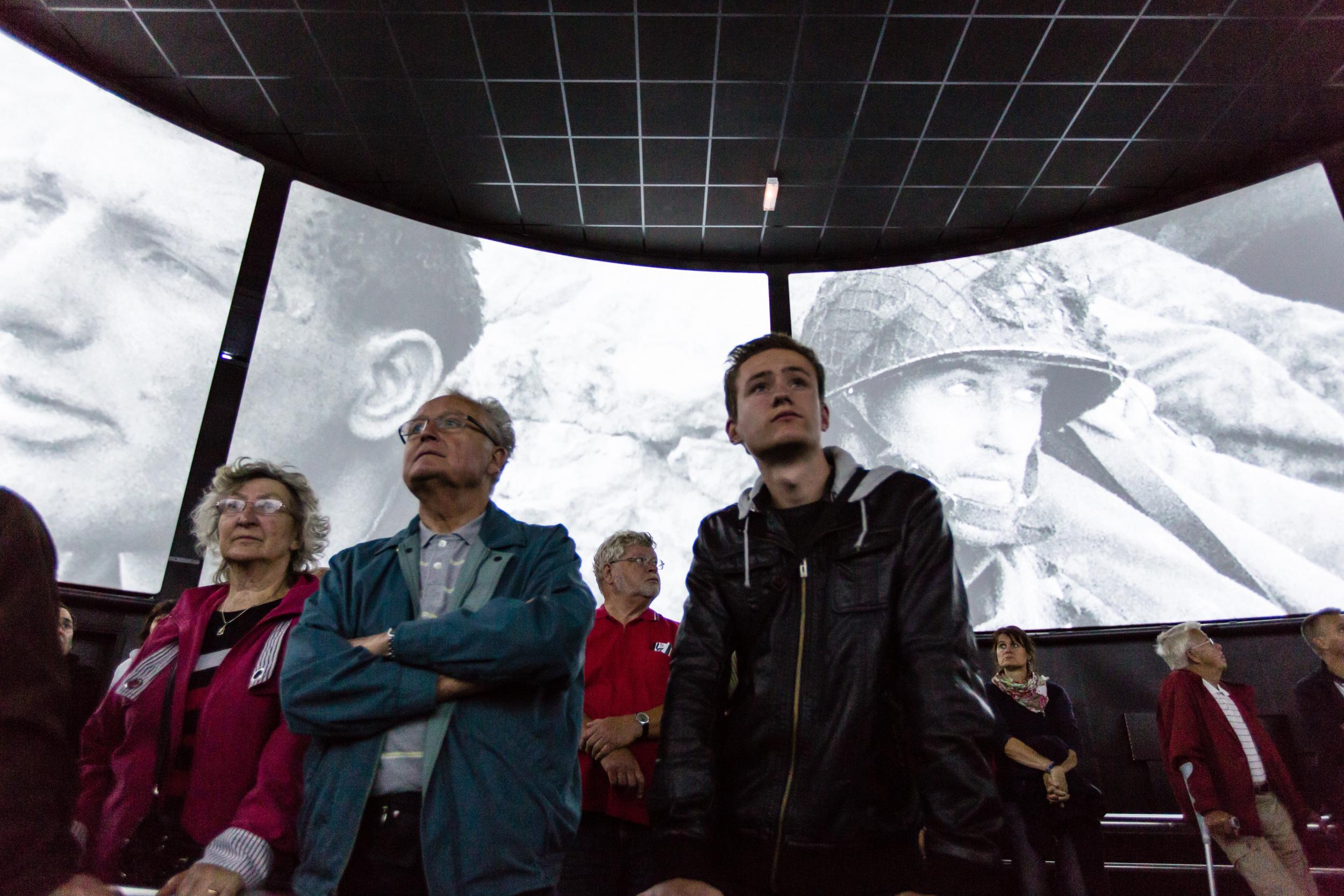
The town of Arromanches-les-Bains looks out over the wide Gold beach, but beyond it the remnants of an ingenious project still remain. Following the liberation of the Normandy coast, allied forces needed a harbour to in which to deliver essential cargo; two Mulberry harbours were built in pieces in England and then assembled just off-shore on 8 June 1944. In the subsequent 100 days, “Port Winston” – the harbour off the coast of Arromanches – allowed 400,000 soldiers, 4 million tons of equipment and 500,000 vehicles to be brought ashore. At low tide, you can examine up close the barnacle-clad blocks that supported the piers, while out at sea, a number of blackened Phoenix blocks still remain.
Up on the hill is the Arromanches 360-Degree cinema, which shows a bombastic 190-minute film of previously unseen footage on its nine cinema screens. The town also has a small museum with its own small cinema and displays explaining the different allied forces roles in the Normandy landings from the different perspectives and the logistics involved in building the Mulberry harbours.
Utah Beach Museum, Sainte-Marie-du-Mont
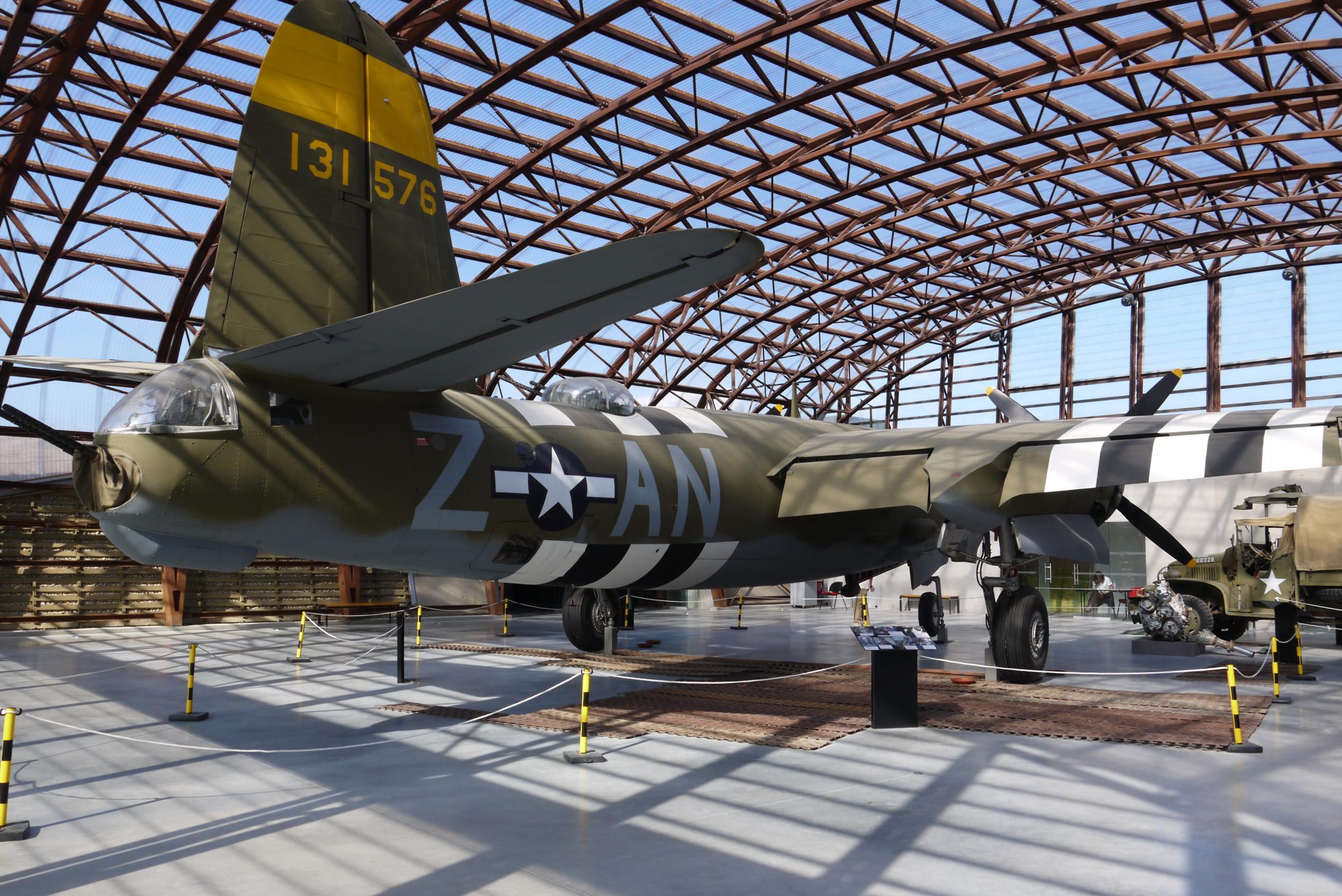
Set on the east coast of the Cotentin Peninsula on one of the two beaches where the Americans landed on D-Day, the Utah Beach Museum tells the story of their involvement. An aircraft hangar contains one of the six remaining B-26 bombers, while another warehouse contains jeep complete with radio equipment. There are moving testimonials from and photographic portraits of veterans, but one of the most fascinating displays tells the story of the German prisoner of war camp at Foucarville, and explains how they lived and adapted to life there.
Longues-sur-Mer gun battery, Longues-sur-Mer
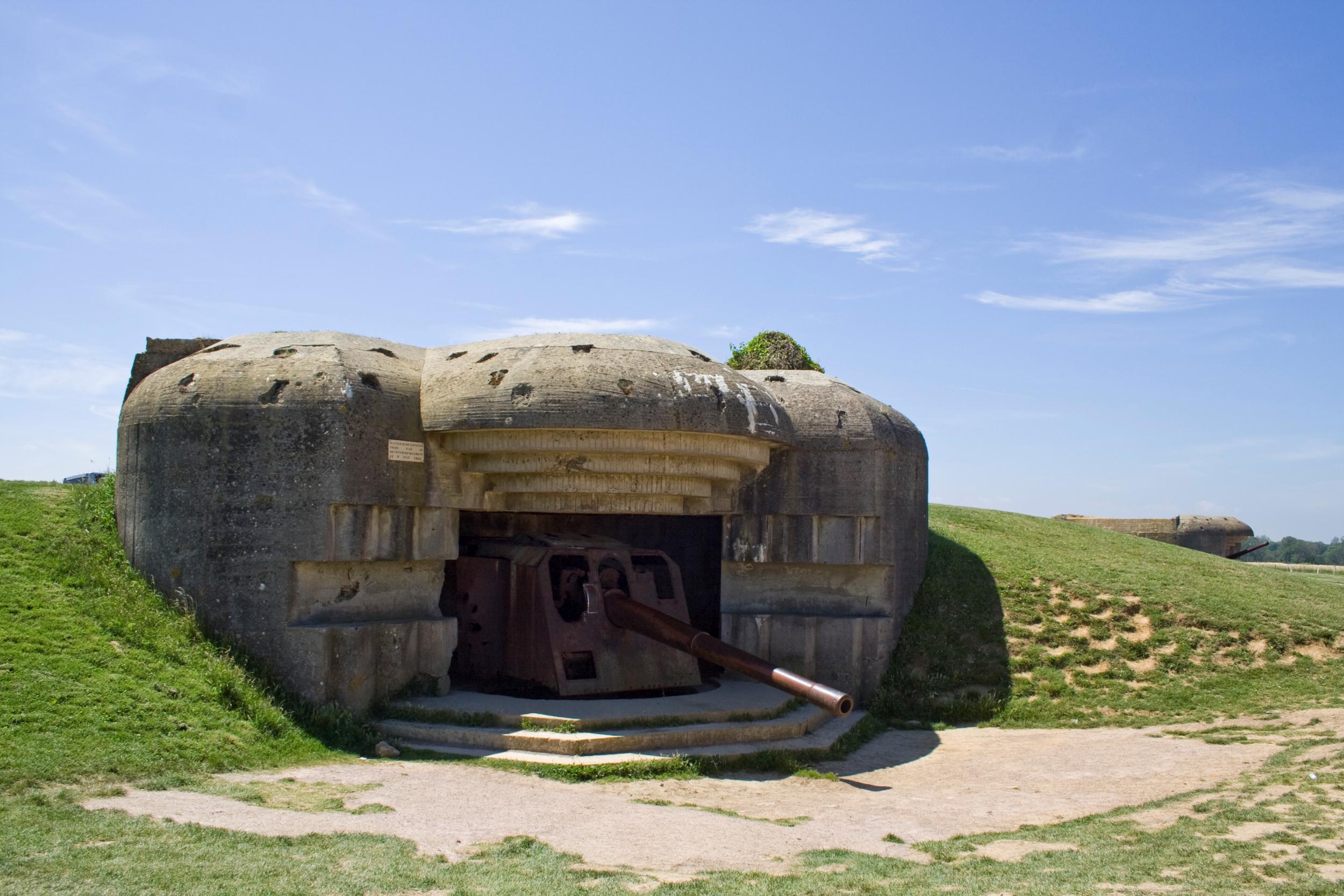
One of several German gun batteries to visit on the Normandy coast, the Longues-sur-Mer battery is set high on the 60-metre cliffs above the coast between Gold and Omaha beaches. Each of the four casemates hold a 150mm gun, the only battery on the coast still holding its original guns. You can wander between each of them and peer into the back to see where soldiers would have been stationed to operate them. The battery was still in use on the morning of D-Day but disabled later that day, its soldiers eventually surrendering to the British on 7 June. Further along the coast, the Pointe du Hoc battery is also set on a jaw-dropping clifftop.
Bayeux
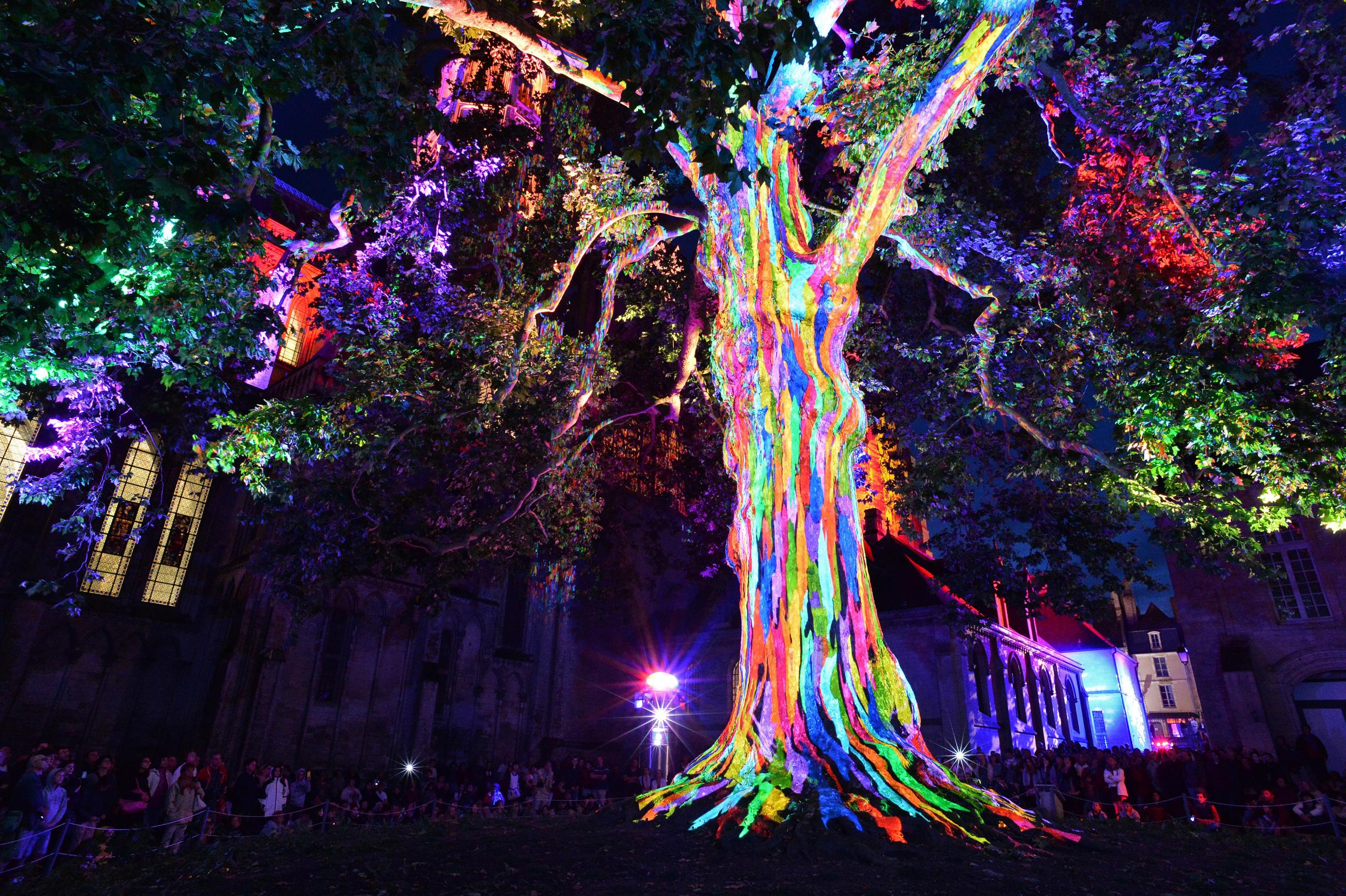
With its medieval cobbled streets and impressive cathedral, the town of Bayeux has much more to offer beyond its millennium-old tapestry. Its war cemetery is the largest Commonwealth cemetery of the Second World War in France, with 4,144 allied graves and more than 500 German and other nationalities. Each grave is marked with a headstone and flower bed, planted with a colourful array of flowers. There is also a memorial for reporters killed while carrying out their work both during the war and since, including those killed in the Charlie Hebdo massacre of 2015. Nearby is the Museum of the Battle of Normandy, which is effective in explaining the different military leaders both from allied forces and the Germans.
Memorial Pegasus, Ranville
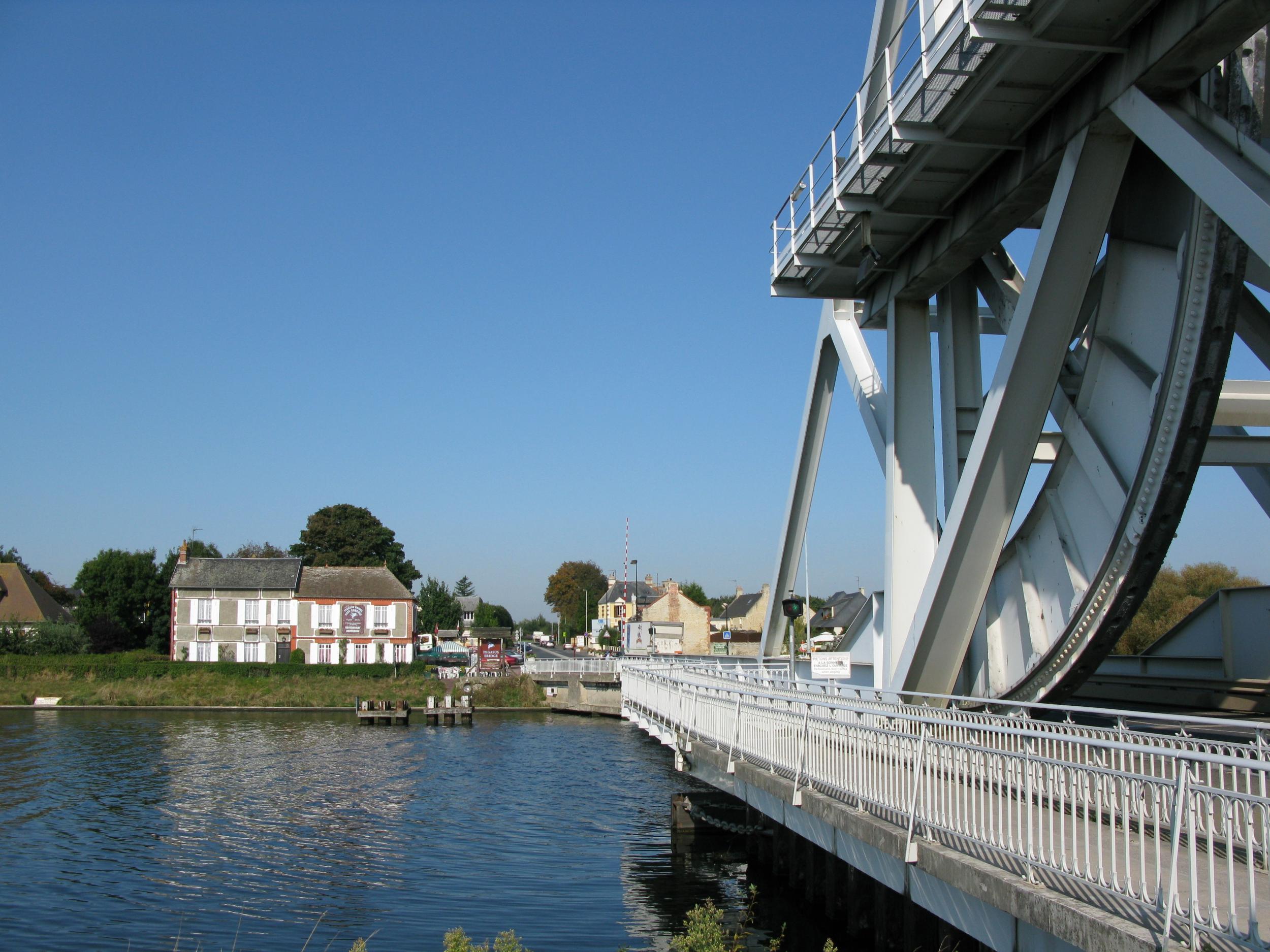
One of the lesser-known elements of the D-Day landings concerns “Operation Deadstick”. The daring mission saw six Horsa gliders land silently in the Normandy countryside in the early hours of 6 June, 1944, delivering 180 British soldiers with the mission of capturing two strongly protected bridges from the Germans – the only way that would allow troops to move east after landing at Sword beach.
The museum gives a fascinating account of the mission, and the most famous of the bridges, Pegasus Bridge, is in the grounds of the museum. A full-size copy of a Horsa glider is displayed alongside the bridge. Despite being made from light-weight wood, each one was able to transport 30 soldiers, a jeep and equipment.
Travel essentials
Brittany Ferries offer crossings from Portsmouth to Ouistreham/Caen. June fares start from £125 each way for two people and a car.
For more information, visit en.normandie-tourisme.fr
Join our commenting forum
Join thought-provoking conversations, follow other Independent readers and see their replies
Comments
Bookmark popover
Removed from bookmarks